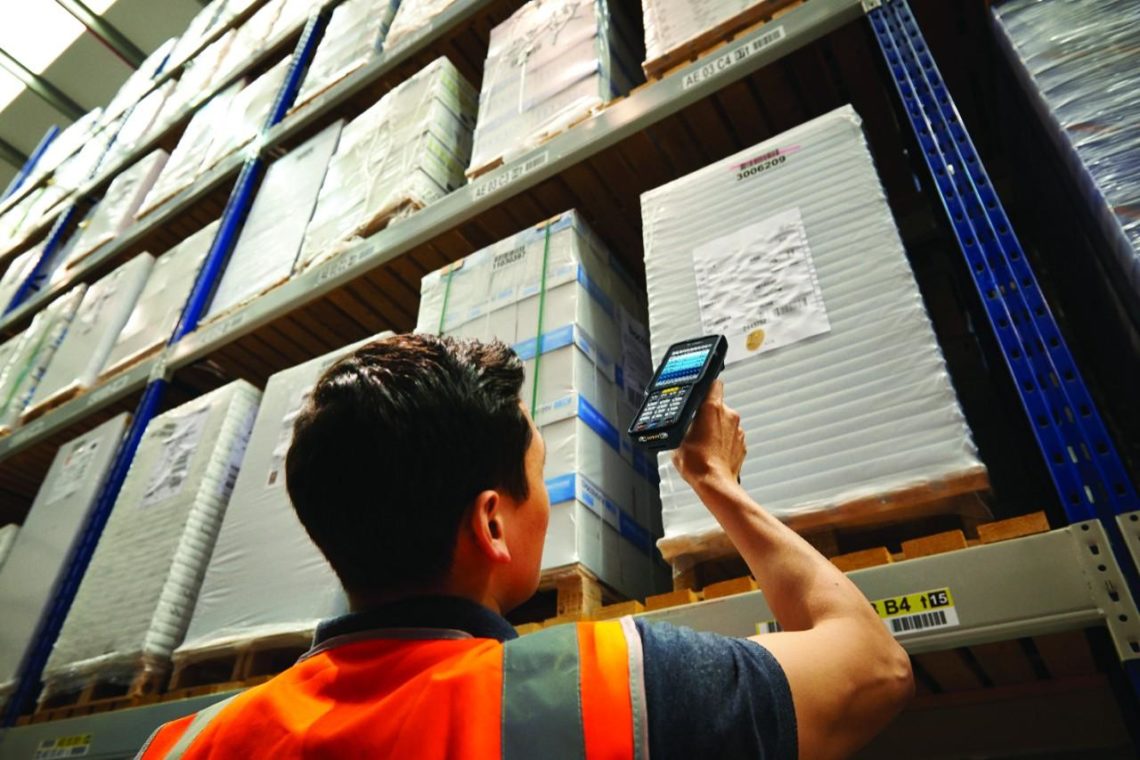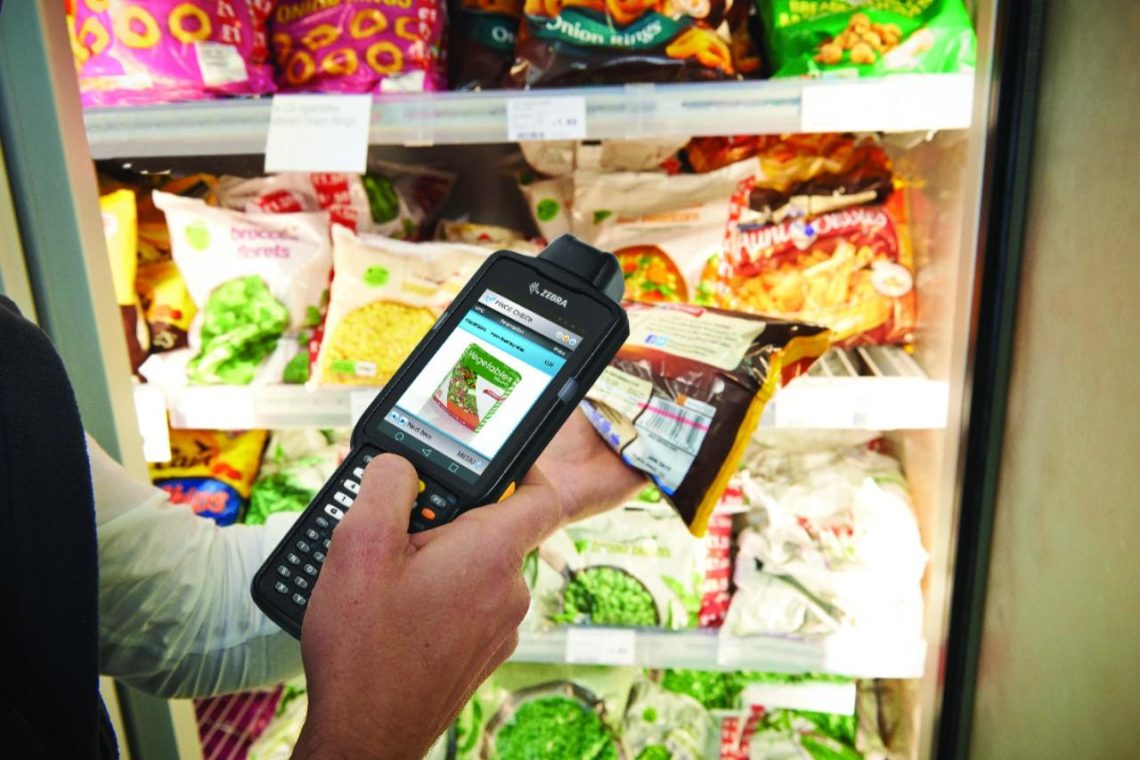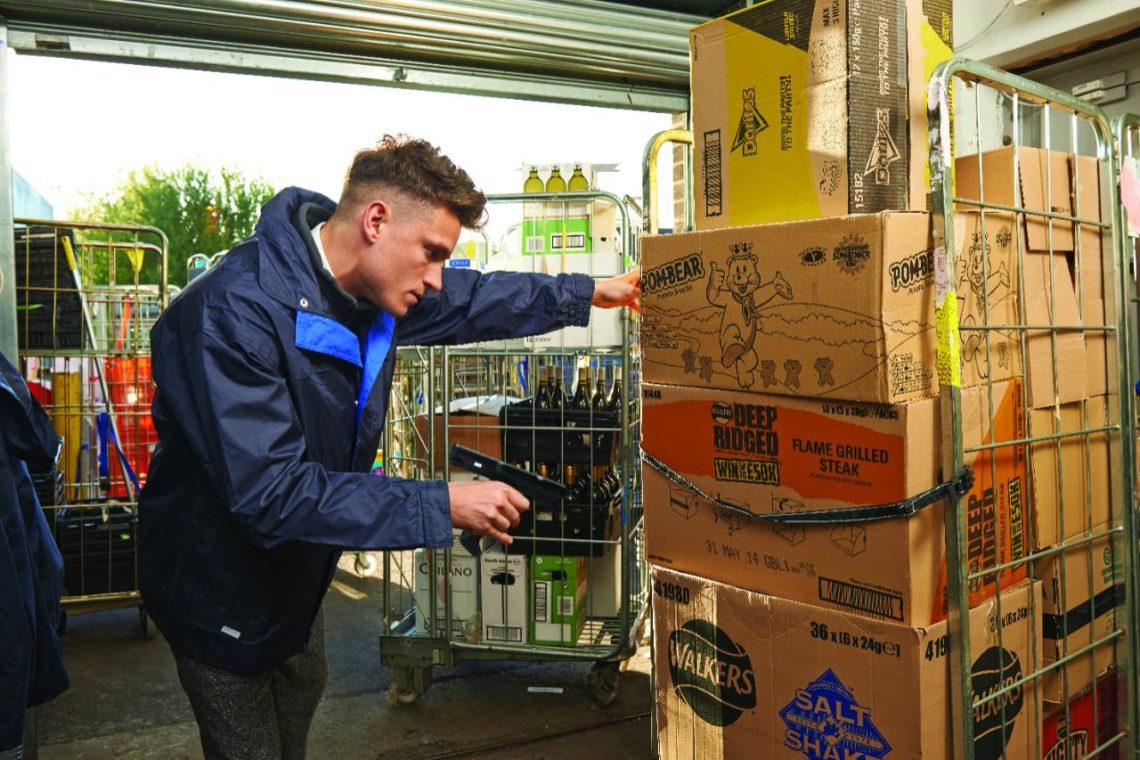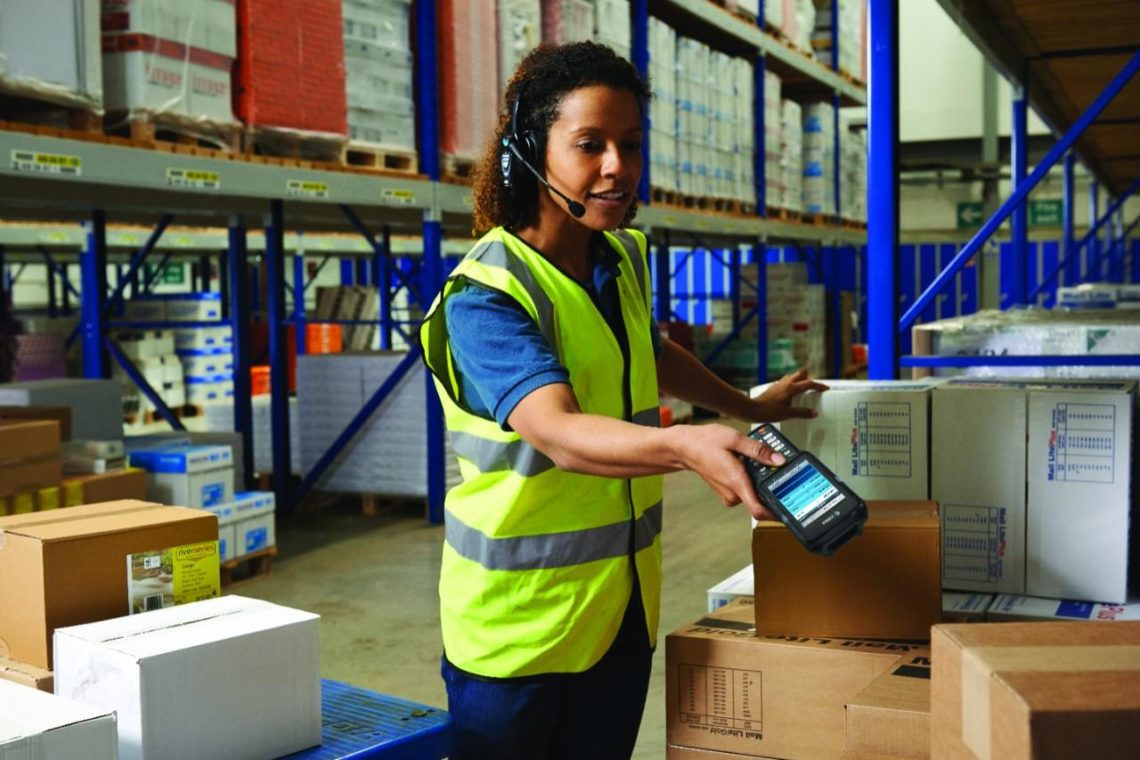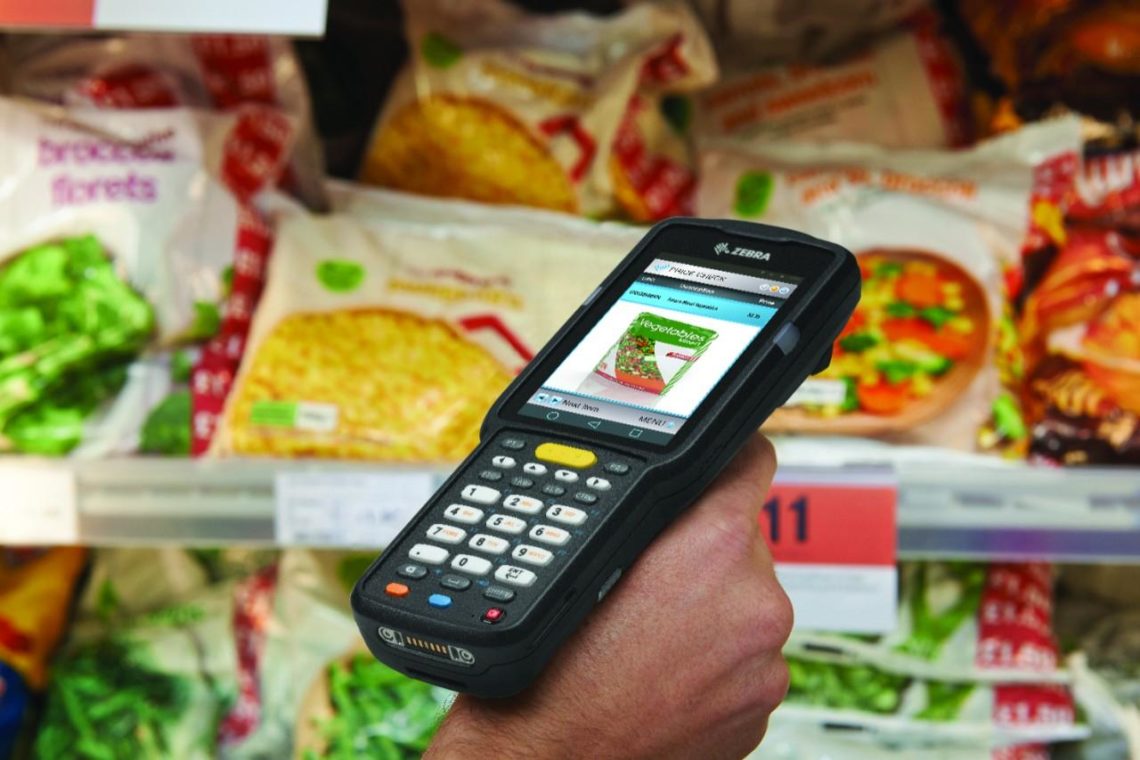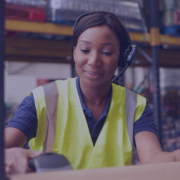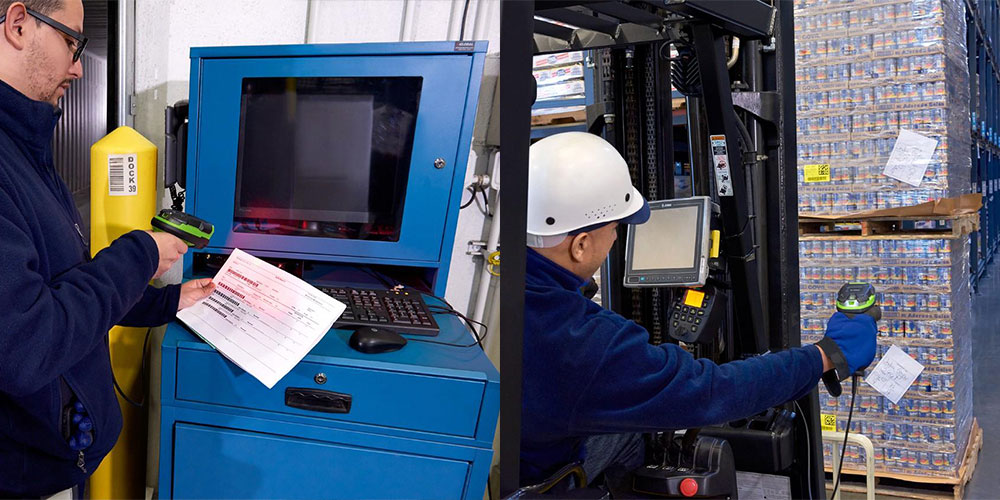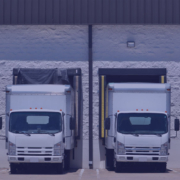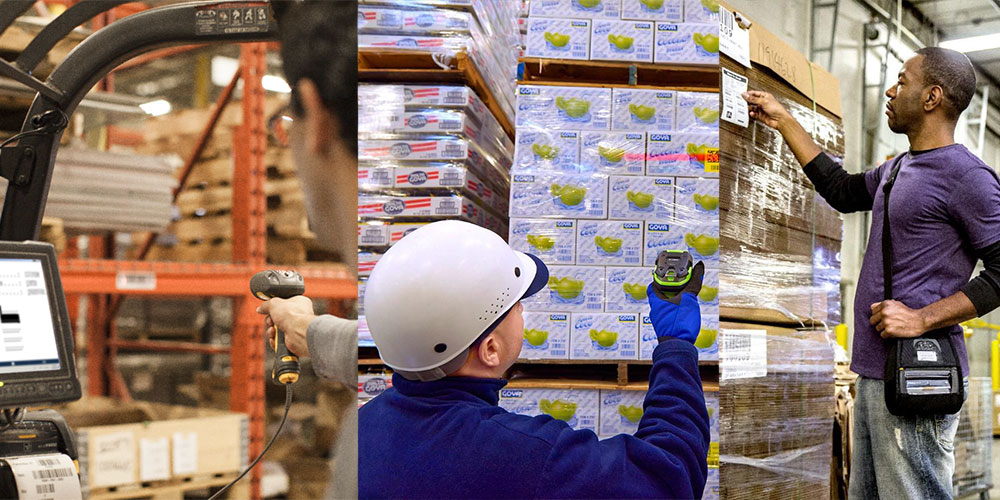Many businesses put more emphasis on streamlining outbound shipments than returns because they view the movement of outgoing orders as a revenue stream. The returning shipments are seen as a cost. As a result, a sluggish process for reverse logistics is a profitability drain on the company, when, in fact, it could be used as an opportunity to strengthen the bottom line. Reverse logistics account for approximately 7 to 10% of the cost of goods, so addressing inefficiencies here can deliver a strong boost to your bottom line!
How Can You De-Clutter the Process of Reverse Logistics?

Are reverse logistics clogging up your supply chain? If so, it’s time to take a look at how you can de-clutter the processes. Avalon Integration works extensively with manufacturers and warehouses, and we see some common factors that need attention.
Outbound shipments have a high priority since they reflect sales and have deadlines.

Customers are expecting their shipments and don’t tolerate delays. Returns are handled with less priority. However, there’s still a customer on the other end of this inbound shipment—and it could be an unhappy customer—so efficient and accurate processing of the return leads to increased customer satisfaction. There should be a dedicated team of workers who work solely on reverse logistics, not delegating your shipping staff to this job when they are available. Equip them with mobile technology to expedite the job and increase accuracy. A rugged handheld computer enables a worker to scan the barcode on the shipment to record the order number and customer. Then, the returned items are scanned, instantly updating the customer’s account because the device is linked to the enterprise’s backend system. In addition, the inventory count is updated with the numbers from the returned merchandise.
Good Equipment Means Productive Workers With Reverse Logistics
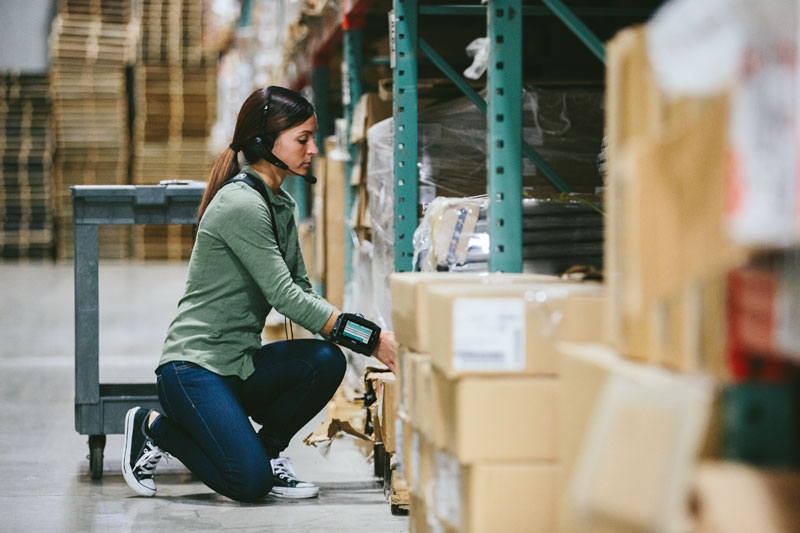
An enterprise-grade mobile computer gives your warehouse workers the ability to also record the condition of the goods when they’re returned. Mark them to be restocked, refurbished, or discontinued. The device is equipped with a camera, so any damage can be recorded when the box is opened. You can focus intently on getting their orders to them quickly, but if your reverse logistics delays the processing of their returns, you compromise that positive relationship. This real-time visibility certainly increases customer satisfaction on both ends of their orders. The dedicated, advanced reverse logistics system reduces waste and delays. Your inventory counts become accurate and up-to-date, preventing mistakes in re-ordering that lead to overstocks. When you immediately record returned merchandise, you avoid unnecessary replenishment.
Avalon Integration develops technology solutions to support an efficient reverse logistics process. Our partnership with Zebra gives us the power to provide the devices that reflect the latest advances, like best-in-class scanning, enterprise-class device management and security, and rapid processing and connectivity. Talk to us to learn more about improving your reverse logistics.




